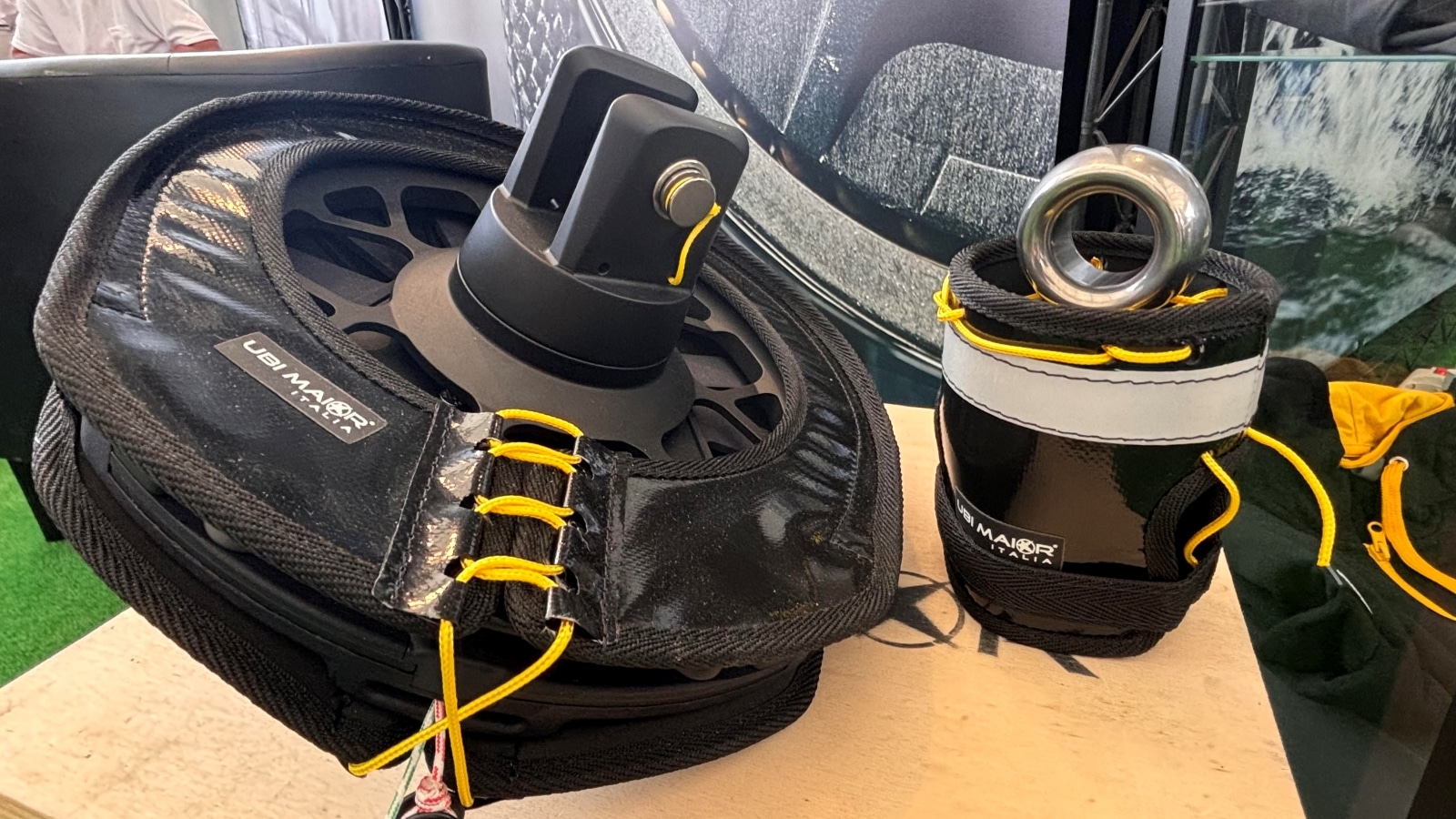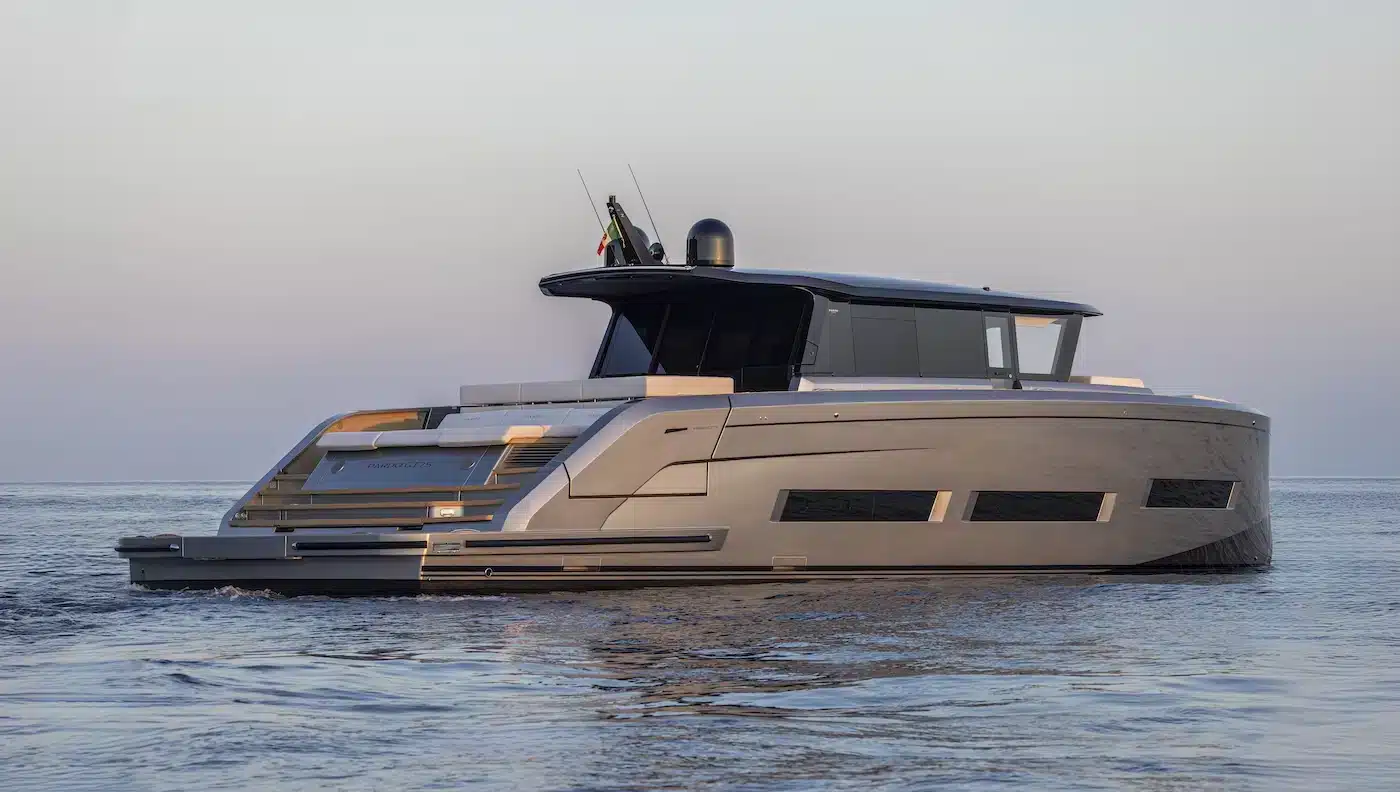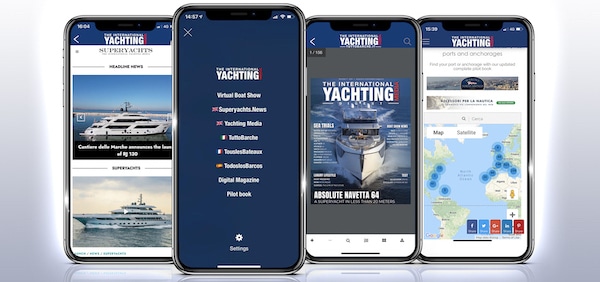It is known as bitt knot but the proper name is cleat knot since our boats usually don’t have any bitts.
It might not even be a real knot, since, however you make it, you must always cleat a rope and not fasten in a knot.
Anyway, the operation consists in fixing a mooring rope from the dock to a cleat
The video shows the classic and maybe the most common way to make this knot. The most important thing is to pass the rope coming from the dock in front of the cleat oriented towards the bow.
Then, it is necessary to delay and make a zero around the cleat basis in order to stop the eventual traction of the boat. Then, draw a eight by crossing the current rope.
To finish the knot, make an overturned half-hitch.
Some sailors use another method which avoids the final overturned half-hitch. It consists in making a OXO, that is a zero on the basis of the cleat, an eight and finally another zero. This way, the knot is easier to untie.
Personally, I prefer the first version; the final half-hitch, in fact, can’t set taut because there is no tension in that point. It might be more difficult if ropes get wet but I have never been obliged to cut ropes to leave a mooring.






























One Response
I would never use the locking turn (reverse half hitch, if you prefer) on a cleat. If the rope is left untouched for any length of time it often becomes stiff and difficult to release, either with salt crystals or lichen, and some ropes swell when wet. Last summer I rescued a boat (which was actually in danger from another vessel at the time) from a mooring which had been tied up in this way. I had to use a hacksaw to cut every one of the ropes free (4 in all, two stern lines and two bow lines).
I’ve always used OXO. In 35,000 miles of sailing, I’ve never had one jam, nor has one ever come undone. But if you need to get it undone in a hurry (a neighbouring vessel on fire, for example – it happens!) you can do so, easily and quickly, and undoing it is completely intuitive, even to non-sailors, whereas locking turns are not – especially in the dark… The staff in one local marina told me that in the event of a fire, they would not waste time trying to move a vessel adjacent to a fire if it was tied up using with locking turns, but would move on to the next boat.
At the end of the day, we each make our own choices, but to my mind locking turns introduce an element of unnecessary risk with no additional benefit to balance it.